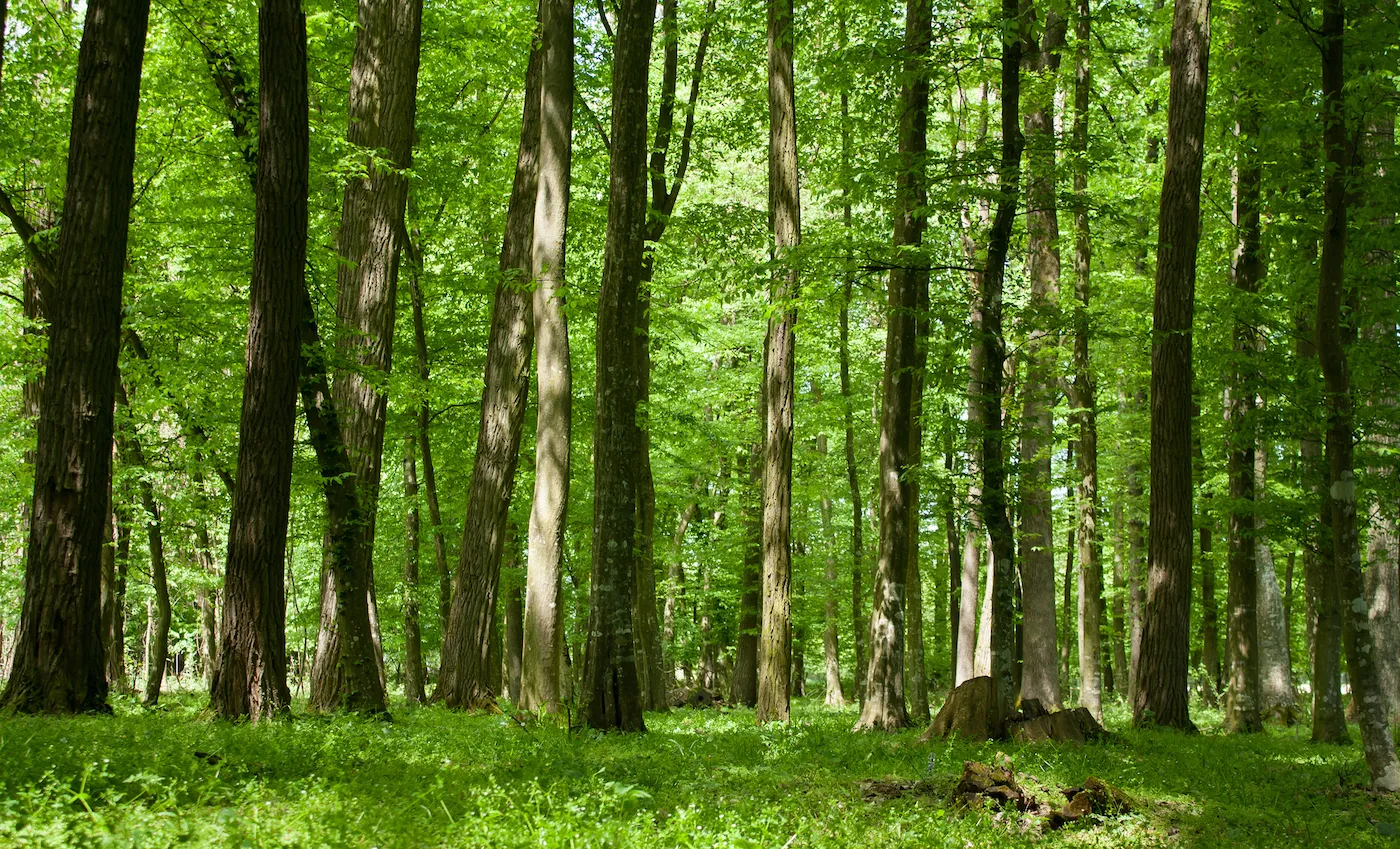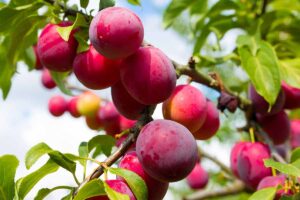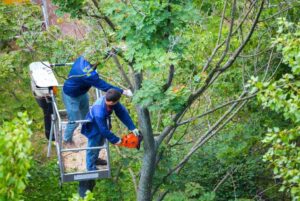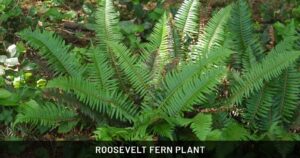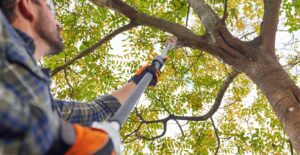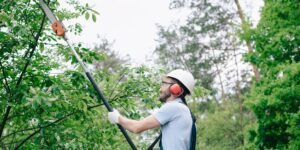A Journey Through Earth’s Most Extraordinary Trees
Trees are among the oldest living organisms on Earth, vital to the health of our planet and its ecosystems. While many tree species are abundant, some are incredibly rare, either due to environmental changes, deforestation, or specific growing conditions. These rare trees are often on the brink of extinction, making them a critical focus for conservation efforts.
In this article, we’ll explore the rarest trees in the world, their unique characteristics, why they are so endangered, and the fascinating facts that make them truly extraordinary.
1. The Tree That Owns Itself (Quercus alba)
Location: Athens, Georgia, USA
Scientific Name: Quercus alba
One of the most famous and rarest trees in the world is the Tree That Owns Itself in Athens, Georgia. While not rare in terms of its species (a white oak), the tree is unique because it has legal ownership of itself and the land around it. According to local legend, in the early 19th century, a man named William Jackson deeded the land on which the tree stands to the tree itself, effectively giving it ownership rights.
Why It’s Special:
- This tree stands as a symbol of the deep bond between people and nature, showcasing the unique ways humans can cherish individual trees.
- It’s a legal anomaly where the tree, technically, owns itself.
Unfortunately, the original tree fell in 1942, but a new white oak was planted in its place from one of its acorns. The new tree, called Son of the Tree That Owns Itself, carries on the legacy.
2. Boab Prison Tree
Location: Derby, Western Australia
Scientific Name: Adansonia gregorii
The Boab Prison Tree, a giant hollow tree, is a remarkable sight in Western Australia. Estimated to be over 1,500 years old, it was once used as a temporary prison by local authorities during the 1890s.
Why It’s Special:
- Its hollow trunk was large enough to detain indigenous prisoners during transportation.
- The tree has become a cultural icon in Australia, reflecting both its natural history and the dark history of colonization.
This tree is now a protected site and is culturally significant to local Indigenous Australians.
3. The Methuselah Tree (Pinus longaeva
Location: White Mountains, California, USA
Scientific Name: Pinus longaeva
One of the oldest known living trees on Earth, the Methuselah Tree is a Great Basin bristlecone pine estimated to be around 4,850 years old. It is located in a secret location in California’s White Mountains to protect it from vandalism.
Why It’s Special:
- At nearly 5,000 years old, Methuselah is one of the world’s oldest living organisms.
- Bristlecone pines grow incredibly slowly, allowing them to survive for millennia in harsh conditions.
The Methuselah Tree predates the construction of the Egyptian pyramids and continues to survive in one of the most inhospitable environments on Earth.
4. The Wollemi Pine (Wollemia nobilis)
Location: Wollemi National Park, Australia
Scientific Name: Wollemia nobilis
Once thought to be extinct and only known from fossils, the Wollemi Pine was rediscovered in 1994 in a remote gorge in Australia’s Wollemi National Park. This “dinosaur tree” dates back to the time of the dinosaurs, with fossil evidence showing it has been around for at least 200 million years.
Why It’s Special:
- The Wollemi Pine is often referred to as a “living fossil.”
- Fewer than 100 adult trees exist in the wild, making it one of the rarest and most ancient trees still alive today.
Since its discovery, seeds and seedlings have been cultivated to ensure its survival, and it has become a symbol of conservation in Australia.
5. Baobabs (Adansonia grandidieri)
Location: Madagascar
Scientific Name: Adansonia grandidieri
The Grandidier’s Baobab, one of the six species of baobabs found in Madagascar, is the largest and rarest of all. These striking trees are iconic for their massive, bottle-shaped trunks and are often referred to as the “Tree of Life” due to their ability to store water in their trunks during droughts.
Why It’s Special:
- Some of these trees are over 1,000 years old and can grow to heights of 100 feet.
- Baobabs play a crucial role in local ecosystems, providing food, water, and shelter for various species, including humans.
However, deforestation and climate change are rapidly reducing the number of Grandidier’s Baobabs, threatening their survival.
6. The Dragon Blood Tree (Dracaena cinnabari)
Location: Socotra Island, Yemen
Scientific Name: Dracaena cinnabari
The Dragon Blood Tree is named for its red sap, which was historically used as medicine, dye, and incense. This rare and striking tree, with its umbrella-like shape, is native to the Socotra Archipelago in Yemen, which is known for its unique biodiversity.
Why It’s Special:
- Its resin, known as “dragon’s blood,” has been used for centuries in traditional medicines and rituals.
- The Dragon Blood Tree has a distinct shape that helps it collect moisture in arid environments.
Due to habitat loss and limited growth conditions, the Dragon Blood Tree population is declining, making conservation efforts crucial.
7. Pennantia baylisiana
Location: Poor Knights Islands, New Zealand
Scientific Name: Pennantia baylisiana
The Pennantia baylisiana is often referred to as the rarest tree in the world. For many years, there was only one known specimen of this species, found on the Poor Knights Islands off the coast of New Zealand.
Why It’s Special:
- For decades, there was only a single known tree, which meant its survival was precarious.
- Botanists have since cloned the tree, creating new saplings to try and save the species.
Efforts are being made to cultivate this critically endangered tree in botanical gardens and protected areas.
8. The Fortingall Yew (Taxus baccata)
Location: Perthshire, Scotland
Scientific Name: Taxus baccata
The Fortingall Yew is estimated to be between 2,000 and 5,000 years old, making it one of the oldest trees in Europe. Found in the small village of Fortingall in Scotland, the yew tree has played an important role in local history and folklore.
Why It’s Special:
- The tree is revered as one of the oldest living trees in Europe, with a rich cultural history.
- Yew trees are known for their incredible longevity and ability to regenerate, with branches taking root to form new trunks.
Today, the Fortingall Yew is protected, but its health is declining due to natural aging and human impact.
9. The Bois Dentelle (Elaeocarpus bojeri)
Location: Mauritius
Scientific Name: Elaeocarpus bojeri
The Bois Dentelle, or “Lace Wood,” is one of the rarest flowering trees in the world and is found only in the cloud forests of Mauritius. There are only two known individuals of this species left in the wild.
Why It’s Special:
- Known for its delicate white flowers that resemble lace, this tree is incredibly rare, with only two known specimens.
- It is critically endangered due to deforestation and habitat loss on the island.
Conservationists are working to preserve the Bois Dentelle through propagation and protective measures.
10. St. Helena Gumwood (Commidendrum robustum)
Location: St. Helena Island, South Atlantic Ocean
Scientific Name: Commidendrum robustum
The St. Helena Gumwood is native to the remote island of St. Helena, known for being the final home of Napoleon Bonaparte. Once abundant, the Gumwood is now critically endangered due to deforestation and the introduction of invasive species.
Why It’s Special:
- The St. Helena Gumwood was once a major component of the island’s forests but now exists in very limited numbers.
- It is one of the few remaining species that evolved in isolation on the island, contributing to its unique ecosystem.
Conservation efforts on St. Helena include planting new Gumwood trees to restore the island’s natural habitat.
Saving the World’s Rarest Trees
The rarest trees in the world offer a glimpse into Earth’s rich natural history and the fragility of its ecosystems. Many of these trees face existential threats from climate change, habitat destruction, and human activity. As stewards of the planet, it’s our responsibility to protect these incredible species through conservation efforts, habitat restoration, and sustainable practices.
By learning about and supporting conservation efforts for the world’s rarest trees, we can help ensure that future generations will have the chance to marvel at these ancient and extraordinary living wonders.
